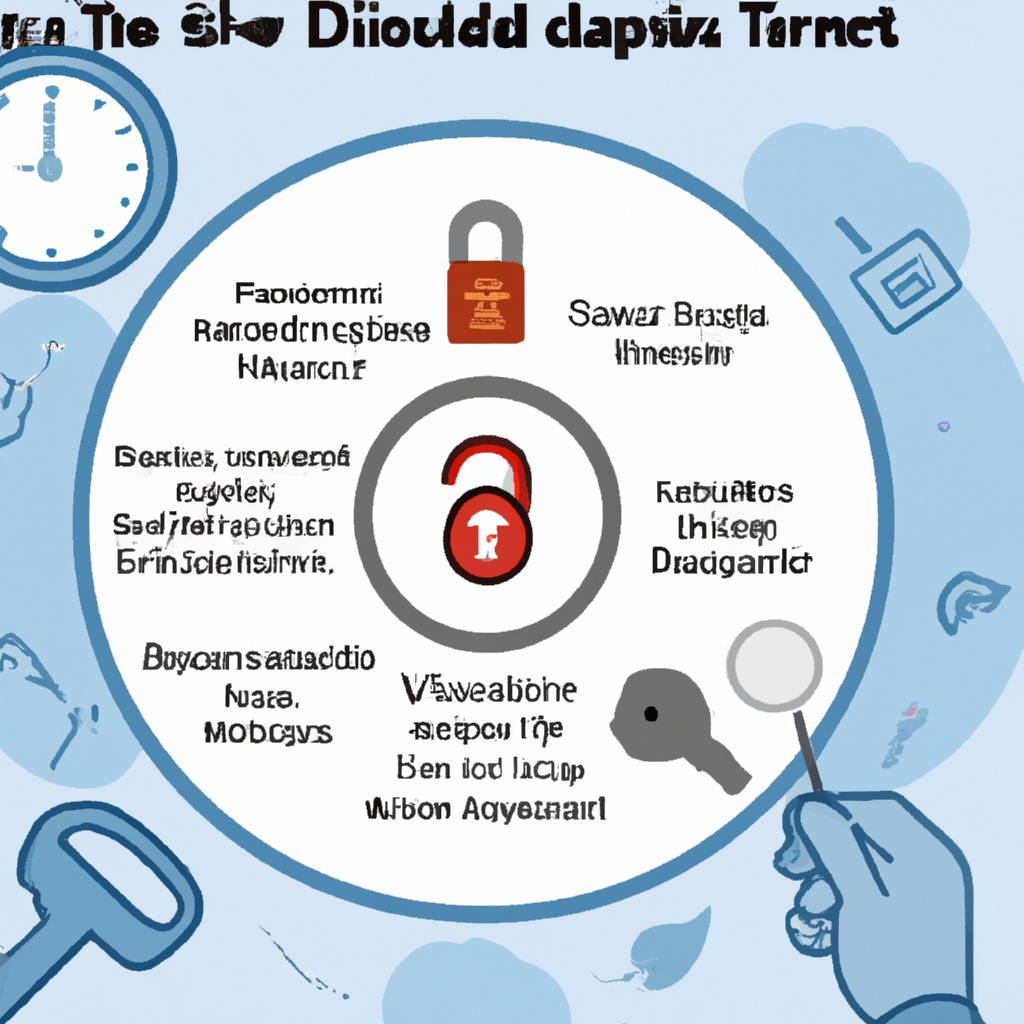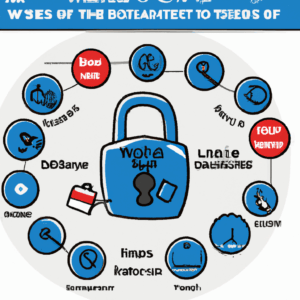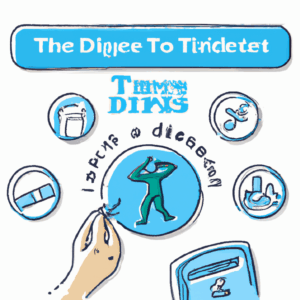Introduction: Context and Importance
Type 1 diabetes is a chronic condition that affects millions of people worldwide. Unlike type 2 diabetes, which is often associated with lifestyle factors, type 1 diabetes is an autoimmune disorder where the body’s immune system mistakenly attacks insulin-producing beta cells in the pancreas. This results in little to no insulin production, requiring those with the condition to manage their blood glucose levels through external insulin administration. Understanding and managing type 1 diabetes is crucial, as improper management can lead to severe complications such as cardiovascular disease, nerve damage, and kidney failure. However, with the right knowledge and support, individuals with type 1 diabetes can lead healthy, fulfilling lives. This blog post aims to demystify type 1 diabetes by exploring medical insights, sharing patient stories, offering practical daily life tips, and addressing common misconceptions.
Medical Overview
Type 1 diabetes is classified as an autoimmune disease, where the body’s immune system attacks its own tissues. In this case, it targets the insulin-producing cells in the pancreas. The exact cause of this autoimmune reaction is not entirely understood, but it is believed to involve a combination of genetic predisposition and environmental factors, such as viral infections. Diagnosis often occurs in childhood or adolescence, but it can develop at any age.
The primary treatment for type 1 diabetes is lifelong insulin therapy. Insulin can be administered via injections or through an insulin pump. In addition to insulin therapy, individuals must regularly monitor their blood glucose levels, adjust their insulin doses accordingly, and maintain a balanced diet and exercise regimen. Continuous glucose monitors (CGMs) and insulin pumps have revolutionized diabetes management, offering more precise control over blood glucose levels and improving quality of life.
Despite advances in treatment, managing type 1 diabetes remains a significant challenge. Fluctuations in blood sugar levels can be influenced by numerous factors, including stress, illness, food intake, and physical activity. Understanding these factors and learning to manage them is a critical part of living with type 1 diabetes.
Patient Stories
Consider Sarah, a 16-year-old high school student who was diagnosed with type 1 diabetes at the age of 8. Initially, Sarah and her family struggled to adjust to the demands of monitoring blood sugar levels, administering insulin, and understanding how different foods and activities affected her condition. Over time, Sarah learned to balance her insulin doses with her meals and exercise, allowing her to participate in sports and other activities she loves.
Then there is Tom, a 45-year-old architect, who was diagnosed with type 1 diabetes in his early twenties. Tom has always been proactive about managing his condition. He uses a continuous glucose monitor and an insulin pump, which have significantly improved his ability to maintain stable blood glucose levels. Despite the challenges, Tom has managed to climb several mountains and travel extensively, attributing his success to meticulous planning and the latest diabetes technology.
These stories illustrate the diverse experiences of those living with type 1 diabetes. While each person’s journey is unique, the common thread is resilience and the ability to adapt to the demands of the condition with the right support and resources.
Practical Tips for Daily Life
Living with type 1 diabetes requires constant attention and adjustments. Here are some practical tips to help manage daily life with the condition:
1. Consistent Monitoring: Regularly check your blood glucose levels using a glucometer or continuous glucose monitor. Knowing your levels helps you make informed decisions about insulin dosing, meals, and physical activity.
2. Balanced Diet: Choose a diet rich in whole grains, lean proteins, and plenty of fruits and vegetables. Carbohydrate counting can help manage blood glucose levels, as it allows for better matching of insulin to food intake.
3. Regular Exercise: Physical activity is essential for everyone, including those with type 1 diabetes. Exercise helps improve insulin sensitivity and manage blood sugar levels. However, it’s important to monitor how different activities affect your glucose levels and adjust your insulin and food intake accordingly.
4. Stress Management: Stress can affect blood sugar levels, so incorporating stress-reducing practices like meditation, yoga, or deep-breathing exercises can be beneficial.
5. Stay Informed: Keep up with the latest research and technology in diabetes management. New tools and treatments are continually being developed, and being informed can empower you to make the best choices for your health.
Expert Opinions and Clinical Perspectives
Dr. Jane Hartfield, an endocrinologist specializing in diabetes care, emphasizes the importance of individualized treatment plans. “Managing type 1 diabetes is not a one-size-fits-all approach. Each patient has unique needs and challenges. It’s crucial to tailor treatment plans, considering factors like age, lifestyle, and personal preferences.”
Experts also highlight the role of technology in improving diabetes management. “Continuous glucose monitors and insulin pumps have transformed diabetes care,” says Dr. Mark Liu, a diabetes researcher. “They provide real-time data and more precise insulin delivery, leading to better glucose control and quality of life.”
Clinical studies continue to investigate potential cures for type 1 diabetes, such as immunotherapy and beta-cell replacement. While these treatments are still in the experimental stages, they offer hope for future breakthroughs that could significantly alter the course of the disease.
Common Misconceptions and Correct Understanding
There are several misconceptions about type 1 diabetes that can lead to misunderstanding and stigma. One common myth is that type 1 diabetes results from poor lifestyle choices. Unlike type 2 diabetes, type 1 is an autoimmune disease and not preventable through lifestyle changes.
Another misconception is that people with type 1 diabetes cannot lead normal lives. With proper management and modern technology, individuals with type 1 diabetes can participate in any activities, including sports and travel. They simply need to plan and monitor their condition carefully.
It’s also important to understand that type 1 diabetes management requires a comprehensive approach, involving more than just insulin. Regular monitoring, dietary adjustments, and lifestyle considerations are all integral to effective management.
Summary and Outlook
Type 1 diabetes poses significant challenges, but with the right knowledge, tools, and support, individuals living with the condition can lead fulfilling lives. Continuing advancements in technology and research offer hope for even better management and potential cures in the future. By dispelling myths, sharing experiences, and providing practical advice, we can support those living with type 1 diabetes in unlocking the mystery of their condition and thriving every day.
As we look to the future, it’s essential to advocate for continued research funding, access to the latest technologies, and comprehensive education for both patients and healthcare providers. By working together, we can improve the quality of life for those with type 1 diabetes and move closer to a world where the disease is no longer a life-defining condition.







